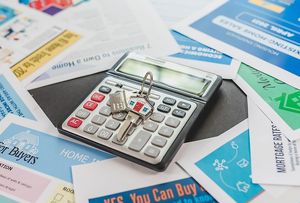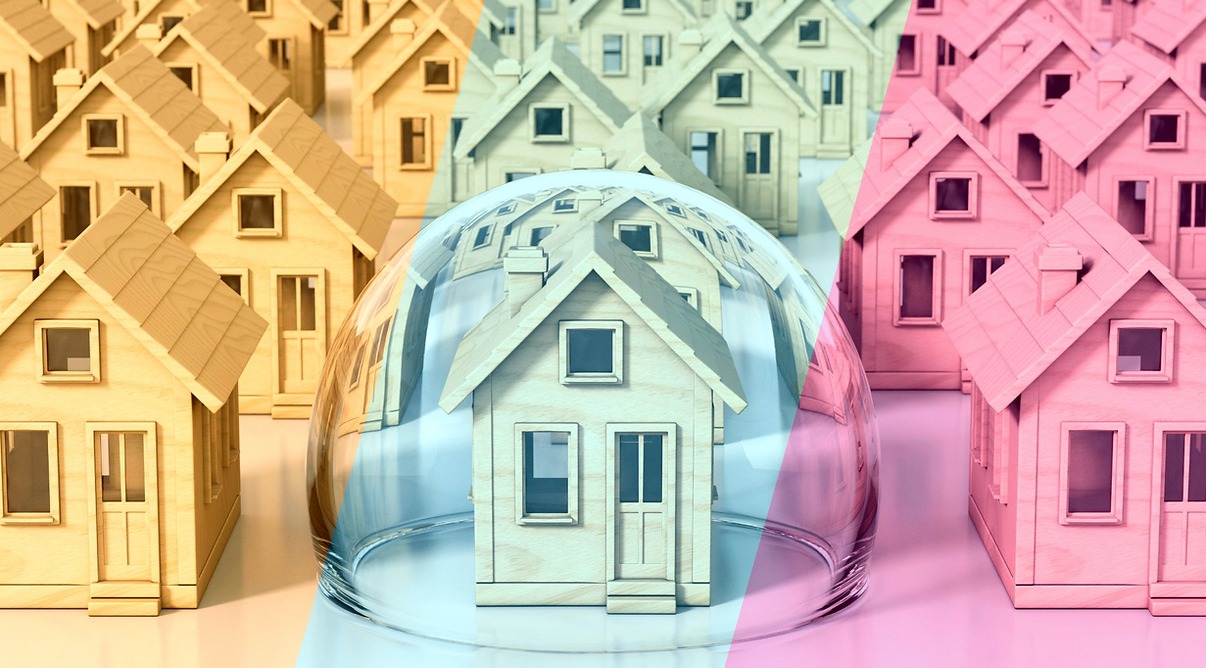The experts have spoken — we are not in a bubble.
Today’s rising home prices and a persistent seller’s market differ from the 2007 housing bubble in a few key ways according to economists.
THE FACTS:
- Historically low inventory leading buyers to make rushed decisions.
- Bidding wars helping push up record high housing prices.
- Many in the nation’s largest home buying generation are being priced out of markets nationwide.
Are these the signs of a housing bubble?
It’s hard not to look at the unprecedented territory of the U.S. post-COVID housing market with a twinge of fear that the country is returning to conditions that existed before the collapse around the Great Recession.
As common as the question is these days, economists say today’s market boils down to the simple economic principles of supply and demand.
WHAT REALLY IS A BUBBLE?
“There is no firm definition of a bubble” said Selma Hepp, chief economist of CoreLogic.
“To some people, high appreciation is going to be a bubble. To others it’s high speculation,” Hepp said. “Generally among economists we think when there is an increase in speculation, when people are buying based on expectation of appreciation as opposed to that need for housing, that’s when we could be in a bubble.”
Yet there are many more signs that point to a healthy market that was sped up due to unique conditions brought on by the coronavirus pandemic.
In a way, the pandemic may have led buyers who ordinarily might have purchased a first or second home in a few years to do so much sooner.
That expedited purchasing might not make it any easier for those who are getting squeezed out of entering the market for the first time.
STRONGER BUYERS, SAFER LOANS
There are a few things that make the market’s ongoing ramp up fundamentally different this time around.
#1
More recently, the market has been driven by much healthier, fixed-rate and 30-year mortgages that give owners certainty after buying.
“We have much stronger borrowers [and] less risky loan products,” said Nicole Bachaud, a Zillow economist. “The vast majority of buyers are getting 30-year fixed mortgages … If you lock in a 30-year mortgage your monthly payment is not going to be changing.”
While that rate is rising and expected to keep climbing, it pales in comparison to the rates from 30 and 40 years ago.
#2
Lenders are also taking fewer risks when it comes to qualifying buyers. Foreclosures in 2021 dropped to the lowest rate since tracking began in 2005, according to ATTOM Data Solutions.
The pandemic shifted people all over the country, leading to demographic changes at warp speed. Buyers bidding on homes and driving up the cost of housing shows the fundamental supply-demand economy at work.
ORGANIC SUPPLY AND DEMAND PRINCIPLES
The lead-up to the 2007 housing collapse saw speculation, over-extended credit and other factors that artificially inflated prices.
“What we’re having now is the complete opposite. We have a market that’s run on scarcity,” Zillow’s Bachaud said. “That’s an organic and sustainable thing that’s happening. In that sense these are completely different markets.”
And with millennials taking over as the country’s largest group of homebuyers, there’s no indication that will slow soon. As well, the underwriting criteria and risks being taken in the lending space are nothing like in 2005 to 2007.
In short, don’t expect bursting bubbles anytime soon.
Click here to read the full Inman article.



